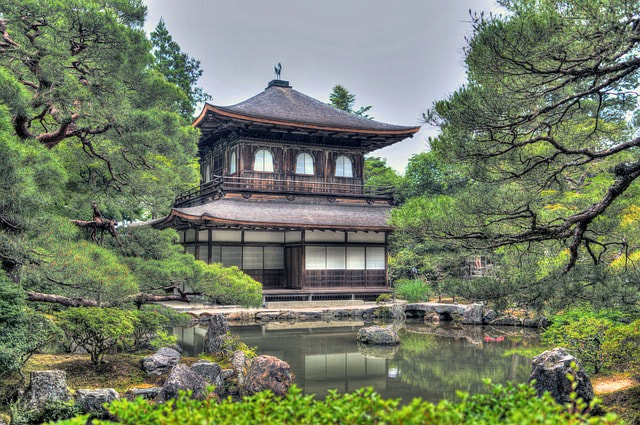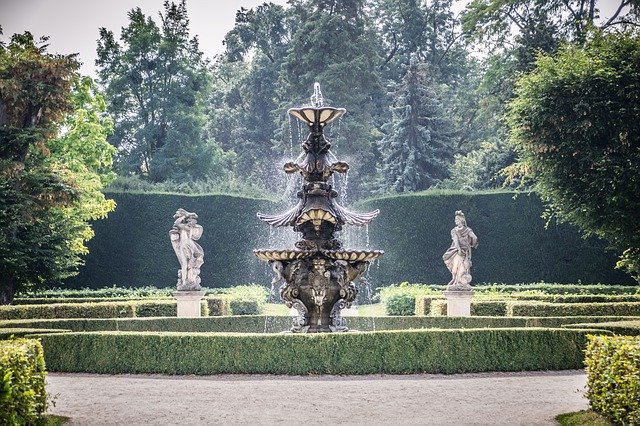|
Fountains never fail to entice wonder and excitement among people. The sight of water sprouting and dancing is simply amazing for all ages, especially kids and the kids-at-heart. The earliest appearance of fountains may be traced back to around 3000 BC where Egyptian tomb paintings show enclosed home gardens with fountains. Traditional Persian carpet designs depict formal walled gardens with irrigated pools and canals depicting those found in the highlands of Mesopotamia where Persians and Assyrians enjoy fountains. The Romans, whose waterworks were quite advanced for their time, also enjoyed gardens and public baths that had fountains installed on them. The Eastern world is not to be left out in the spectacle of fountains. The Moorish forces that conquered Spain around the 14th century were known to have installed pools and fountains with lively-colored tilework in gardens such as those in Cordoba and Toledo, as well as in Granada. Indians, on the other hand, built gardens of great splendor with fountains as prominent features. Prime examples include the world-renowned Taj Mahal and the Shalimar Gardens. Chinese palaces, temples and houses also had great gardens with pools and fountains of varying sizes. Beijing's Imperial City features artificial lakes and other impressive waterworks. Kyoto is also famous for its gardens with carefully crafted pools and waterfalls designed by Zen monks. Monasteries in middle-age Europe featured large gardens with fountains and wells. designed to enhance meditation in addition to several rows of herbs, fruits, flowers, and vegetables. Palaces and villas in renaissance Italy were very reminiscent of the grandeur of ancient Rome. 15th century palaces were decorated with gardens such as those of Palmieri, La Pietra, and Medici. The villas in Bagnaia, Caprarola, Rome, and Tivoli also featured fountains that were elegantly elaborate. As the baroque period approaches, designs become more grandiose and complex. Spouting fountains and waterfalls were used extensively to enhance serpentine lines. French chateaus in the Loire valley also had extensive gardens and parks with great fountains for everyone to enjoy. By the 17th century, the prime of French design and architecture, fountains and gardens became endlessly grand embellishing the grand estates such as those in Versailles. The rise of romanticism in the 18th century led to the unleashing of passion which was well translated into architecture, including fountain designs. Exotic and picturesque fountains and ponds served as punctuation marks to the profound statements shown through architecture in this period. Some years after, a prominent landmark, Central Park in New York, spouted. In contemporary times, the magnificence of fountains has been integrated into homes of the common people. A lot of gardens, especially in the sunny states such as California, have falls and fountains as their focal points. Even condominiums and small apartments have incorporated the natural ambience provided by fountains with miniature versions of the outdoor waterworks. Malls and office buildings now also have indoor fountains installed which helps bring about a sense of calmness in such a bustling setting, serving the same purpose as those of the oases in the ancient times. Fountains can prove to be great investments in any landscape or garden. Their ability to instill peace and tranquility is what many people find in this hectic age. One need not install elaborate fountains to enjoy the calming quality of water as there are many available fountains everywhere.
Bristol Gardening is always available to provide you with support in making the best out of your happy place. Call us now for a free quote.
2 Comments
|
BlogTips & Tricks from our experts to keep your garden in great shape! Archives
May 2022
Categories
All
|
Bristol Gardening
0117 325 5970
0117 325 5970
In association with:














 RSS Feed
RSS Feed

